Starting your dance journey can feel overwhelming, especially when it comes to choosing the right shoes. You might worry about picking the wrong pair, ending up with blisters, or feeling uncomfortable during class. These concerns can make it hard to focus on learning your moves and enjoying the experience. But don’t let that stop you from stepping onto the dance floor!
Imagine slipping into a pair of shoes that feel just right—comfortable, supportive, and perfect for your style of dance. Picture yourself moving with confidence, knowing your feet are well taken care of. It’s all possible with the right pair of dance shoes. You just need a clear guide to help you find the best options for beginners.
This blog shares the top 10 dance shoes for beginners, designed to make your dance journey smooth and enjoyable. From ballet to hip-hop, we’ve got you covered with options that combine comfort, style, and functionality. Whether you’re taking your first class or exploring a new dance style, these shoes will set you up for success. Let’s find the perfect pair for you and get you ready to dance!
Table of Contents
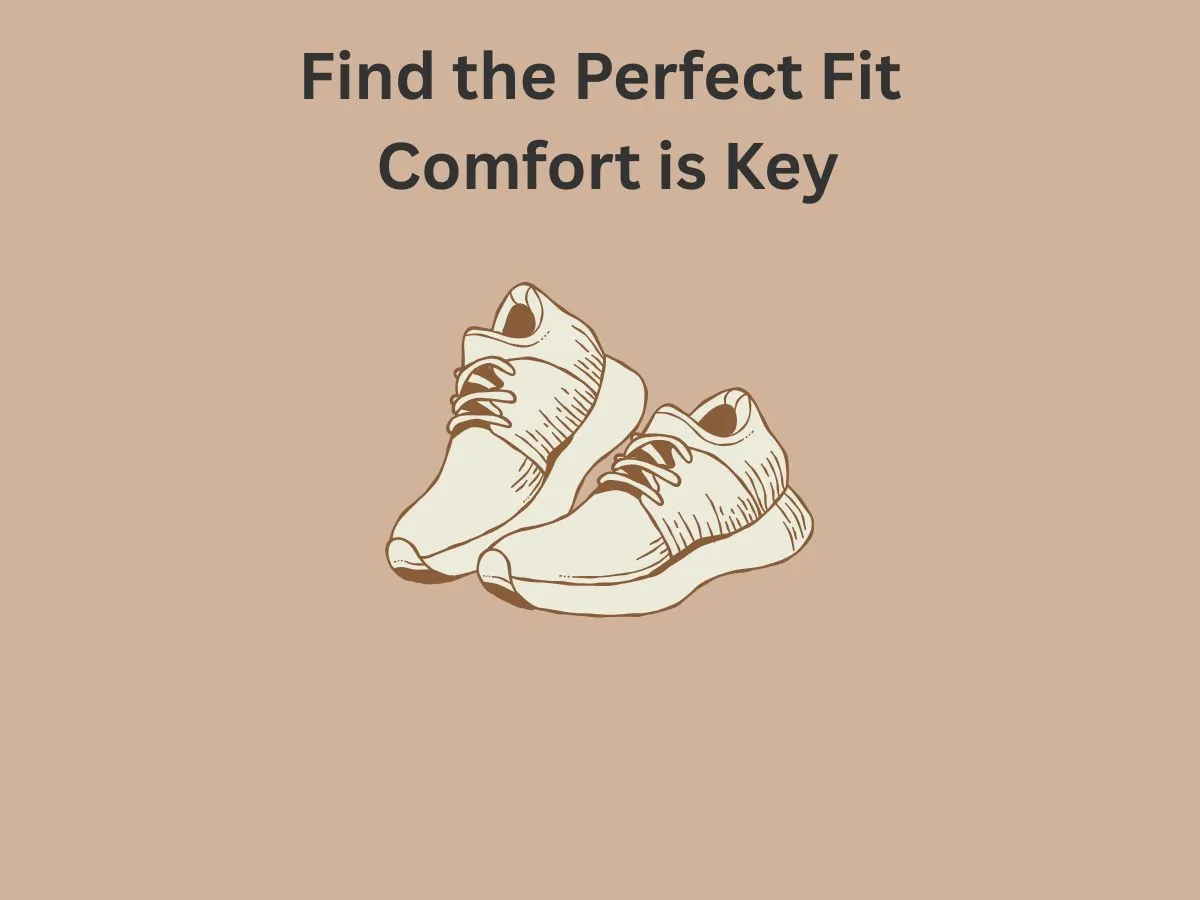
Find the Perfect Fit: Why Comfort is Key
Finding the right fit for your dance shoes is essential for both comfort and performance. Shoes that are too tight can cause blisters and restrict movement, while shoes that are too loose can lead to instability and accidents. Your dance shoes should fit snugly, like a glove, allowing your toes to move slightly but keeping your foot secure. This ensures you can focus on your moves without discomfort.
Measuring your feet accurately is the first step to finding the perfect fit. Use a size guide provided by the brand and read customer reviews to understand how the shoes fit in real life. Trying on shoes in person is ideal, but if shopping online, check the return policy to ensure you can exchange them if needed. A well-fitting shoe supports your foot and helps you move with confidence.
Comfort is key to enjoying your dance sessions and improving your skills. Shoes that fit well reduce the risk of injuries and allow you to dance longer without pain. Take the time to find the right pair, and your feet will thank you. A comfortable fit is the foundation of a great dance experience.
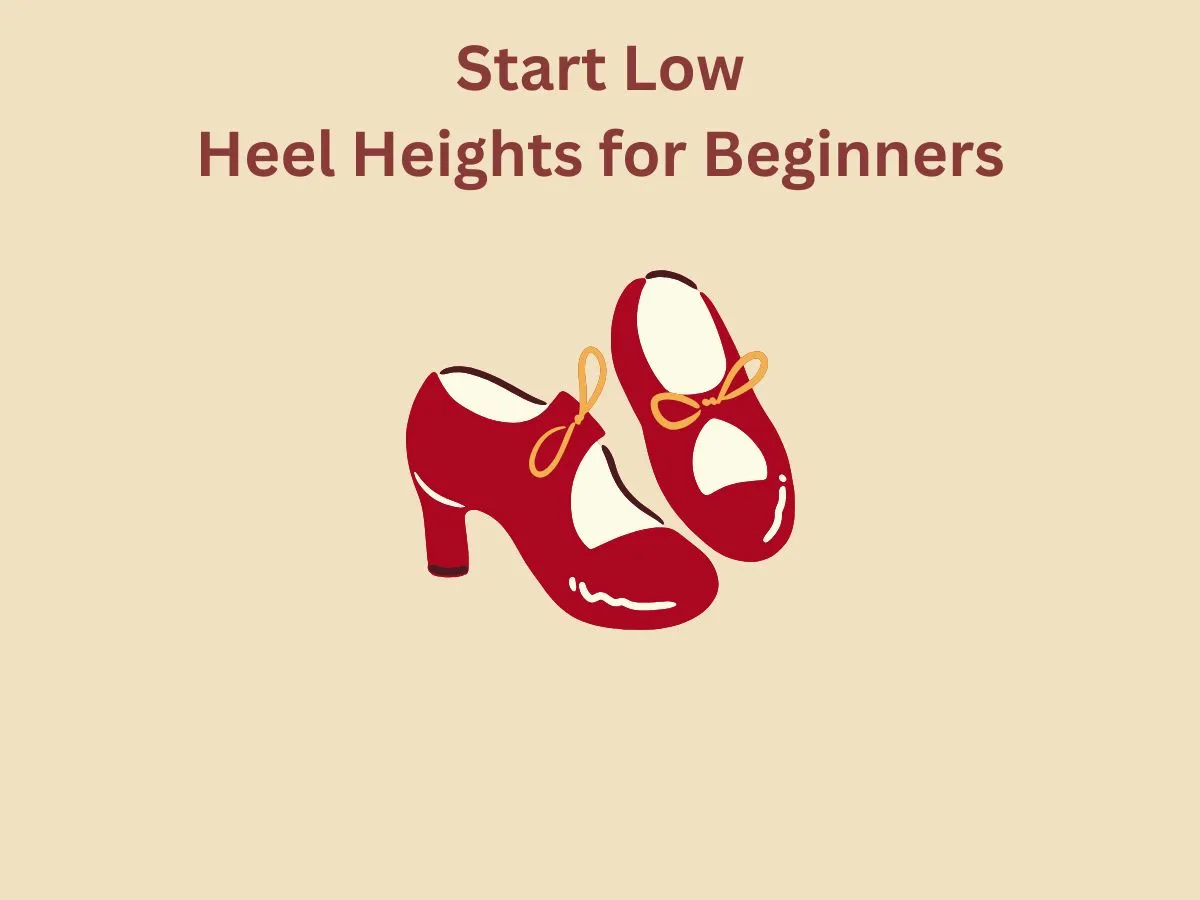
Start Low: Heel Heights for Beginners
When choosing dance shoes, beginners should start with a low heel height. Shoes with heels around 1 to 1.5 inches are ideal for learning the basics. Low heels provide better stability and help you maintain balance as you get used to the movements. Starting low allows you to focus on technique without the added challenge of a higher heel.
As you gain experience and confidence, you can gradually move to higher heels if needed. High heels can add elegance and flair to your dance, but they require more skill and balance. Starting with a lower heel helps you build the strength and coordination needed for more advanced styles. It’s a smart way to ease into dancing without overwhelming yourself.
Choosing the right heel height is about finding a balance between comfort and style. Low-heeled shoes are practical for beginners, offering support and stability as you learn. They allow you to focus on mastering the basics before moving on to more challenging footwear. Start low, and you’ll be ready to dance your way up.
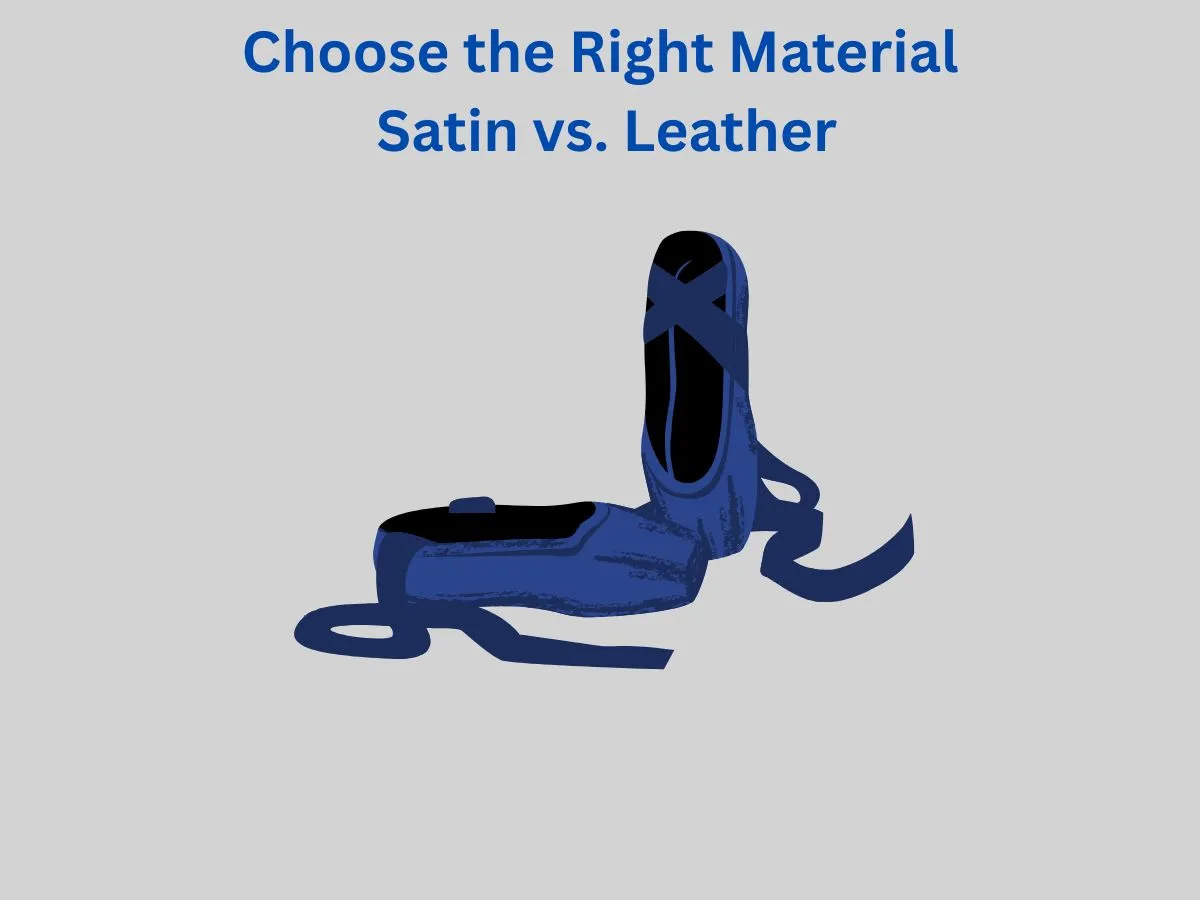
Choose the Right Material: Satin vs. Leather
When selecting ballet shoes, the material is an important factor to consider. Leather is a durable option that provides excellent support, especially for beginners. It’s easy to clean and molds to your foot over time, offering a snug fit. Leather shoes are ideal for young dancers or those looking for long-lasting footwear.
Canvas is another popular choice, known for its lightweight and breathable qualities. It’s easier to clean than leather and often comes at a lower price point. Canvas shoes are great for dancers who want flexibility and a closer feel to the floor. They’re perfect for everyday practice and help emphasize the arch of the foot.
Satin shoes are typically reserved for performances or exams due to their elegant appearance. While they look beautiful, they wear out quickly and are less practical for regular use. Choosing between leather, canvas, or satin depends on your needs and preferences. Leather offers durability, canvas provides flexibility, and satin adds a touch of elegance for special occasions.
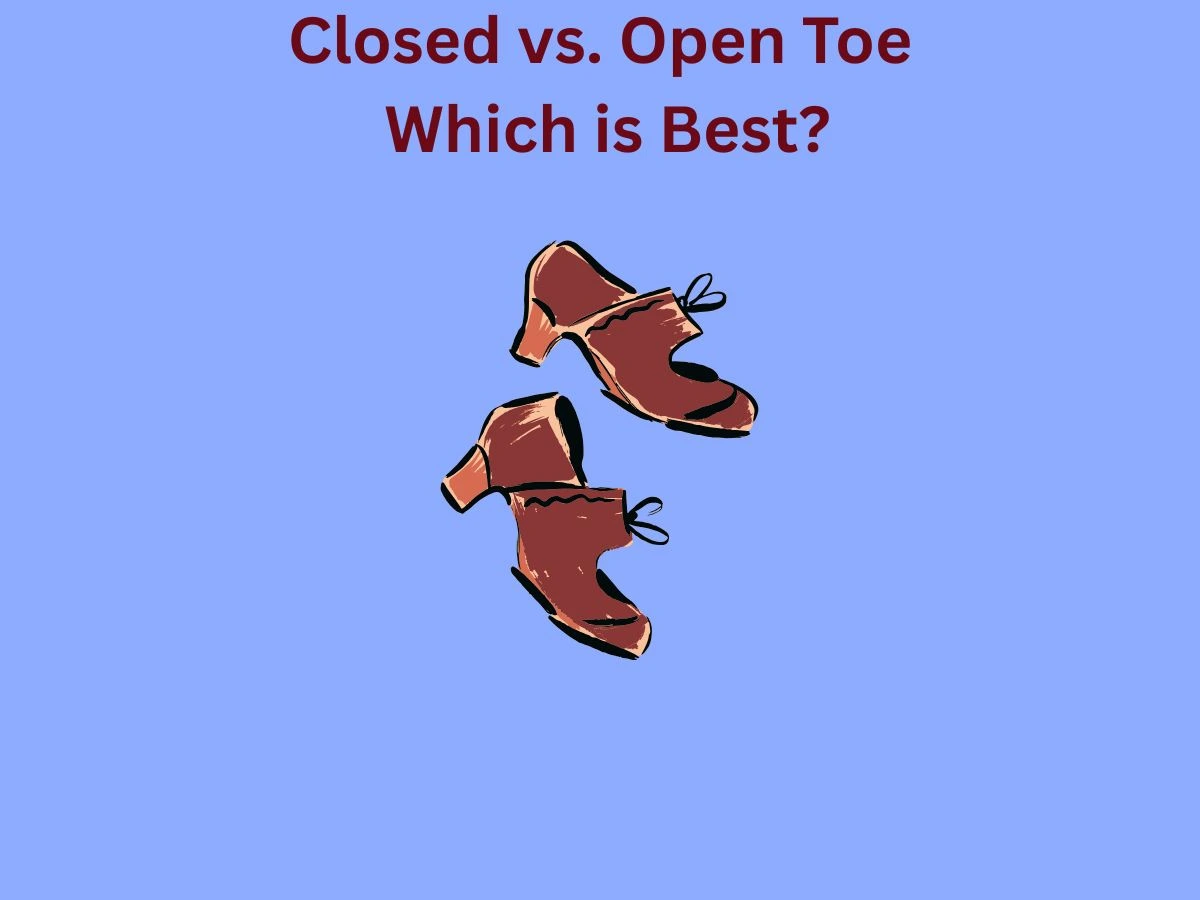
Closed Toe or Open Toe: What’s Best for You?
Choosing between closed-toe and open-toe dance shoes depends on your dance style and comfort needs. Open-toe shoes are ideal for Latin and rhythm dances like Salsa, Rumba, and Bachata. They allow for better toe articulation and flexibility, making it easier to execute intricate footwork and spins. If you’re dancing styles that require precise movements and expressive footwork, open-toe shoes are a great choice.
Closed-toe shoes, on the other hand, are better suited for smooth and ballroom dances like Waltz, Tango, and Foxtrot. They provide extra support and stability, which is essential for gliding and sliding movements. Closed-toe shoes also offer more protection for your feet, making them a good option for beginners or dancers with sensitive feet. If you’re new to dancing or prefer added security, closed-toe shoes might be the way to go.
Ultimately, the decision comes down to personal preference and the type of dance you’re focusing on. Open-toe shoes offer flexibility and style, while closed-toe shoes provide support and protection. Consider your dance style and comfort level to find the best fit for you.
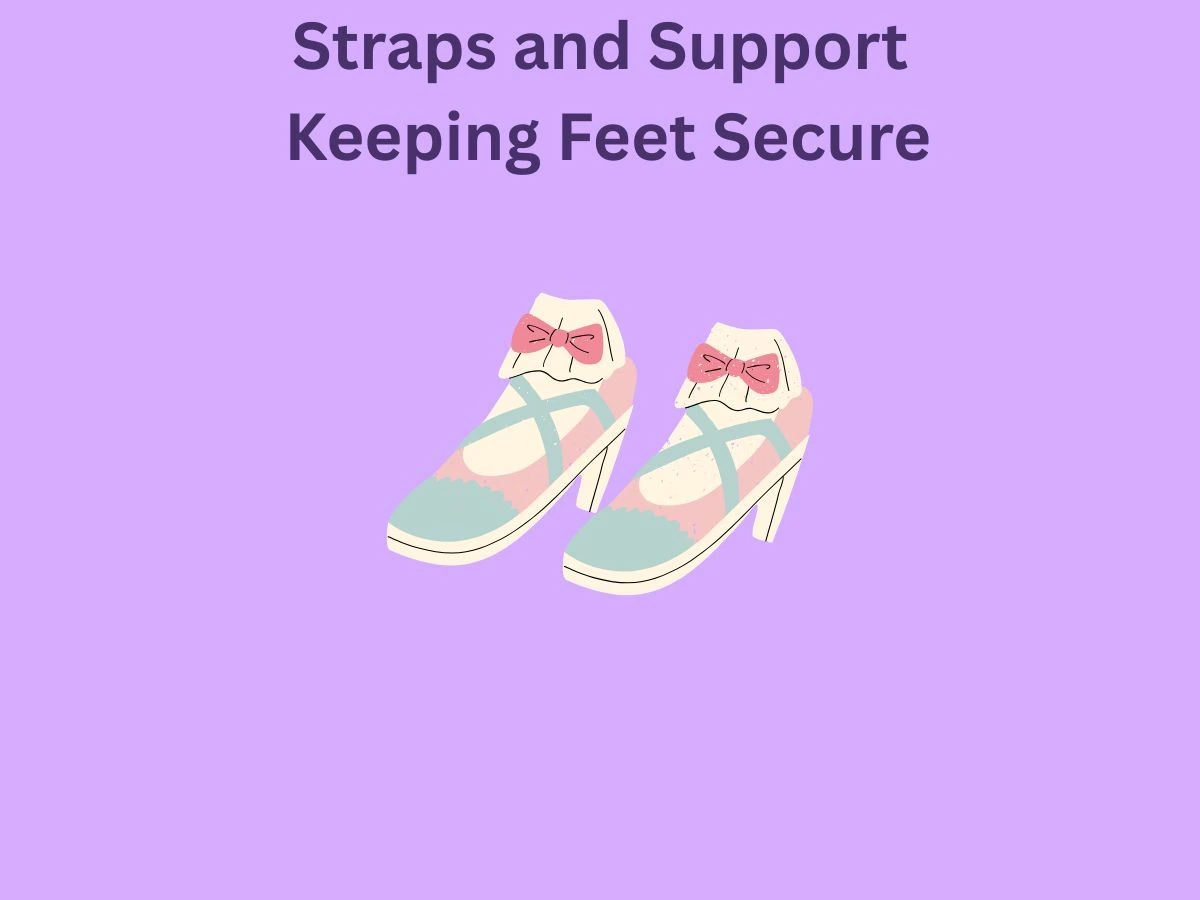
Straps and Support: Keeping Your Feet Secure
Straps play a crucial role in keeping your dance shoes secure and comfortable. Ankle straps are the most common, offering basic support by wrapping around the ankle. They’re simple to adjust and work well for most dance styles. For added stability, T-straps connect to the toe of the shoe, preventing your foot from sliding forward during movements. This design is great for beginners who need extra security.
X-straps provide even more support by crisscrossing over the foot and anchoring it firmly to the shoe. They’re ideal for dancers who need maximum stability, especially during fast-paced or intricate routines. Many Latin dance shoes feature X-straps for their combination of comfort and security. If you’re prone to rolling your ankles or need extra coverage, X-straps are a smart choice.
Choosing the right strap type depends on your needs and dance style. Ankle straps are versatile and easy to use, while T-straps and X-straps offer additional support for more demanding routines. Pick the strap style that keeps your feet secure and lets you move with confidence.
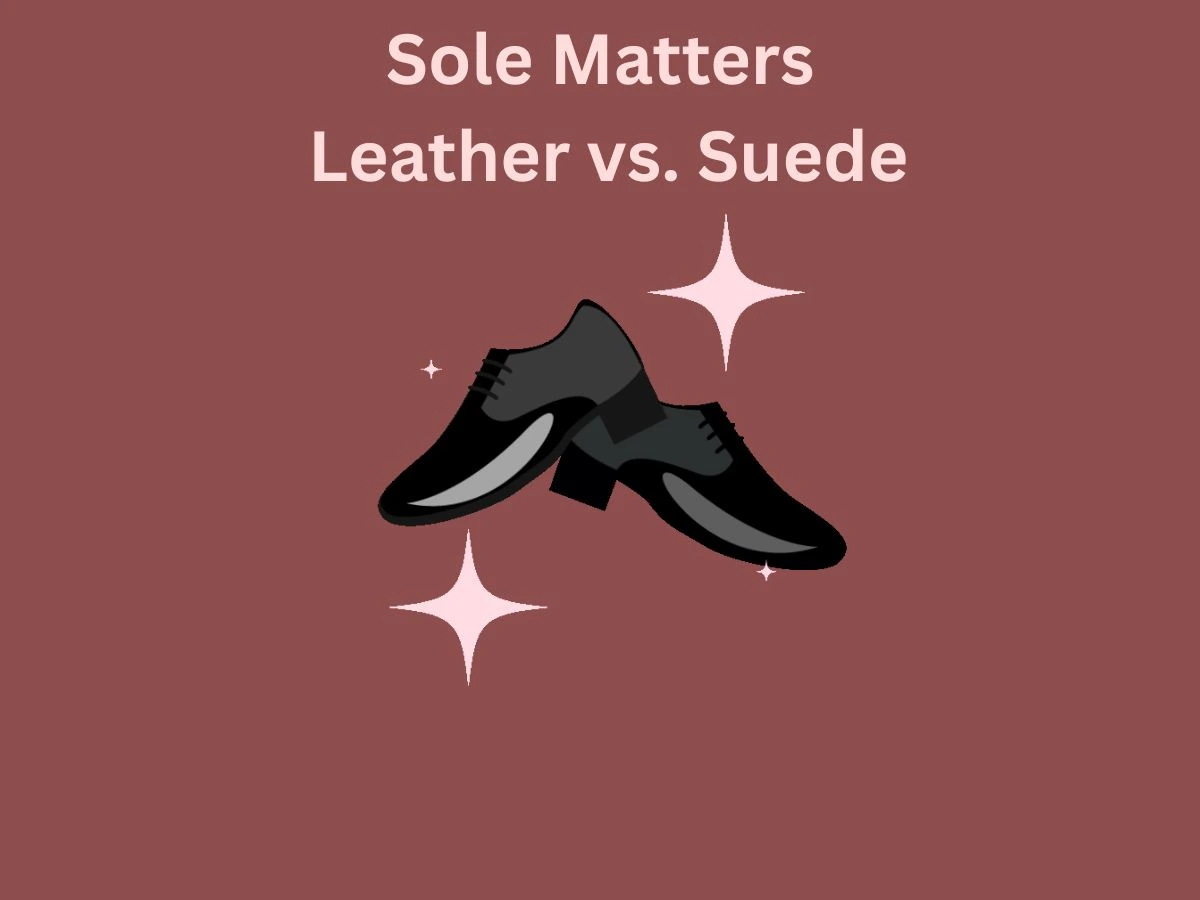
Sole Matters: Leather or Suede for Smooth Moves
The material of your dance shoe’s sole affects how smoothly you can move on the dance floor. Leather soles are durable and provide a good balance of grip and slide, making them ideal for beginners. They’re also easy to clean and maintain, which is a bonus for regular use. Leather soles work well for a variety of dance styles, offering versatility and long-lasting performance.
Suede soles are another popular option, especially for ballroom and Latin dancing. They offer a softer feel and better flexibility, allowing for smoother spins and glides. Suede soles are great for experienced dancers who want a closer connection to the floor. However, they require more care and can wear out faster than leather soles.
Choosing between leather and suede depends on your dance style and experience level. Leather soles are durable and versatile, while suede soles offer flexibility and a smoother feel. Consider your needs and preferences to find the sole that helps you dance your best.
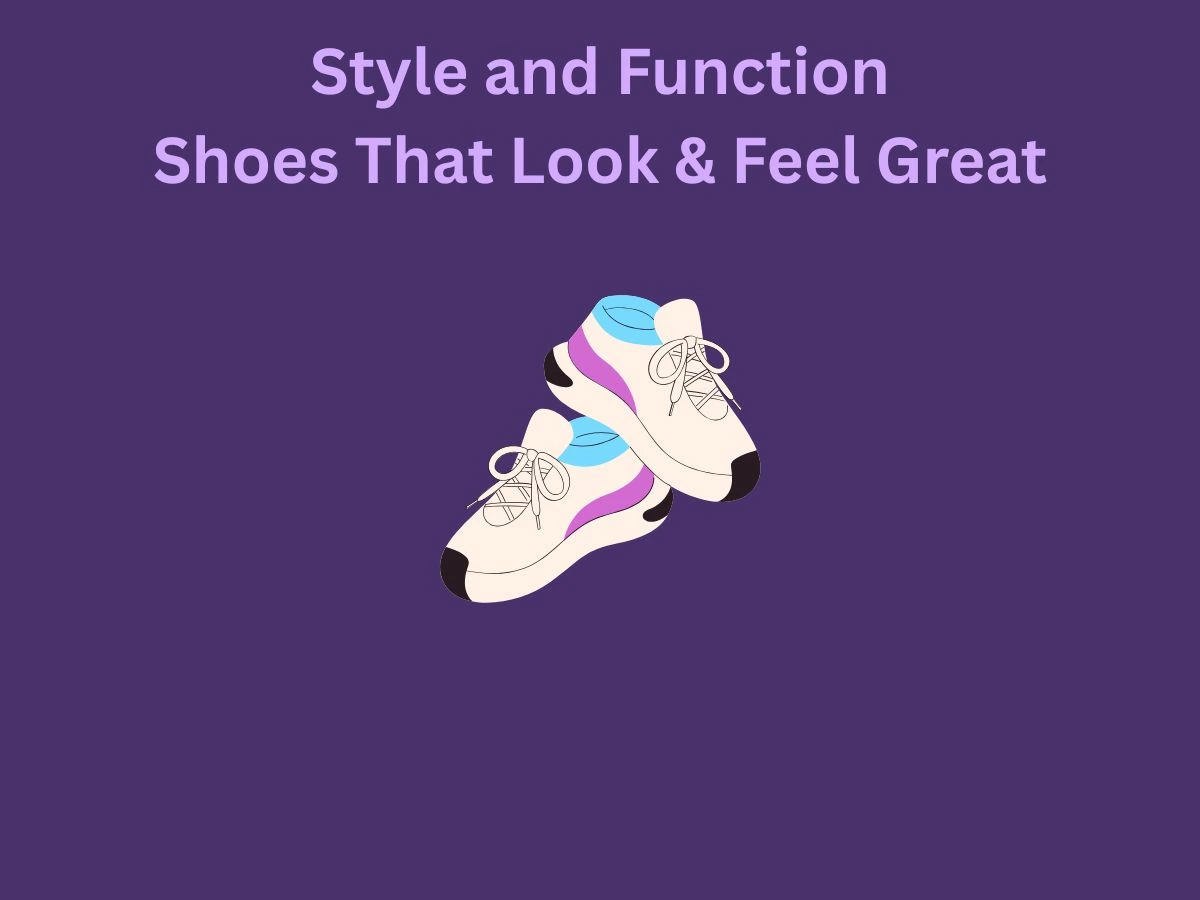
Style and Function: Picking Shoes That Look and Feel Great
When choosing dance shoes, it’s important to find a pair that combines style with functionality. A good dance shoe should not only look great but also feel comfortable and supportive. Whether you’re dancing ballet, jazz, or hip-hop, the right shoe enhances your performance and boosts your confidence. Look for designs that match your dance style while providing the support you need to move with ease.
Comfort is key, so prioritise shoes that fit well and allow for smooth movements. Avoid shoes that pinch or restrict your feet, as they can hinder your performance. At the same time, don’t sacrifice style for comfort. Many brands offer shoes that are both fashionable and functional, so you don’t have to choose between the two. The perfect pair of dance shoes will make you feel and look your best on the dance floor.
Taking the time to find shoes that suit your style and needs is worth the effort. Whether you prefer sleek ballet slippers or trendy hip-hop sneakers, the right shoes can elevate your dance experience. Choose a pair that reflects your personality and helps you perform at your best. Style and function go hand in hand when it comes to dance shoes.
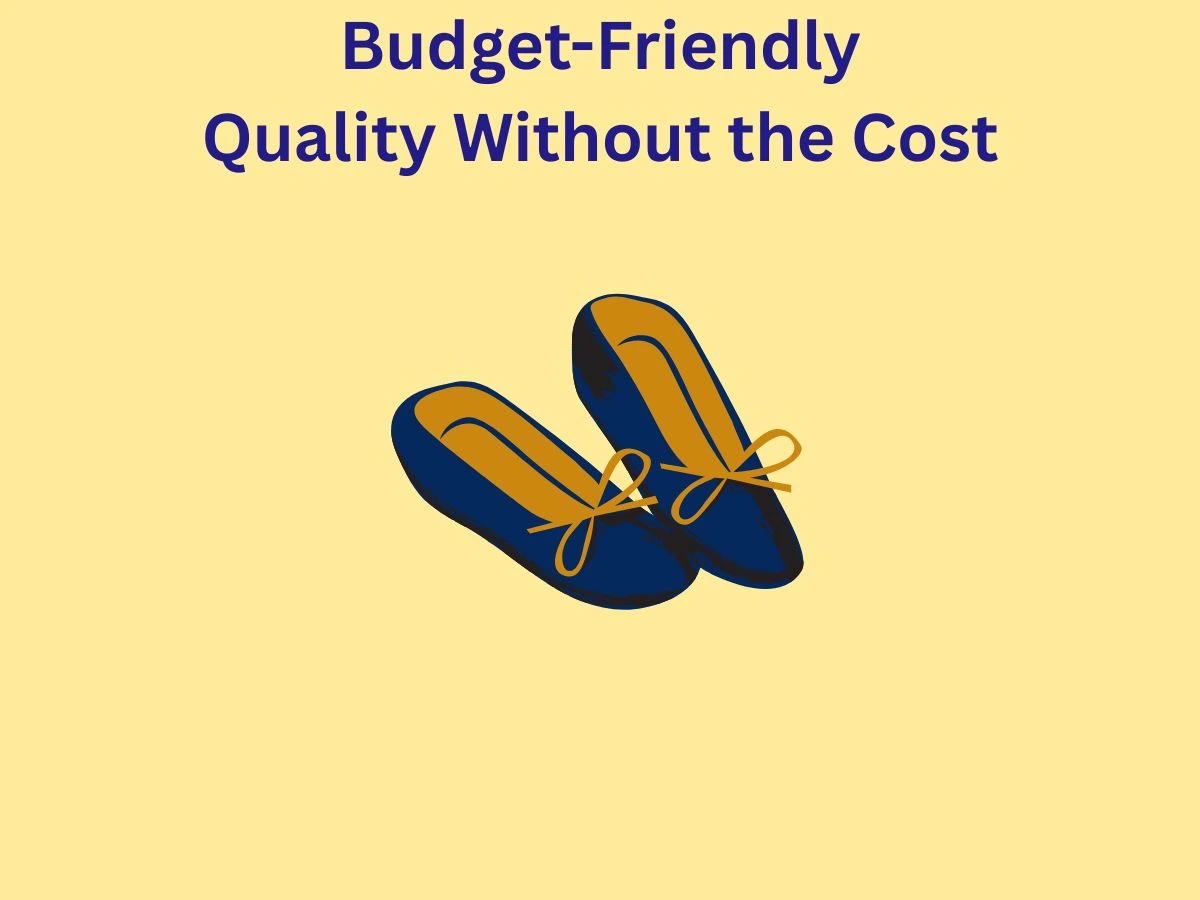
Budget-Friendly Options: Quality Without Breaking the Bank
Finding quality dance shoes on a budget is possible with a little research. Many reputable brands offer affordable options that don’t compromise on comfort or durability. Look for sales, discounts, or clearance sections at dance supply stores to snag a great deal. Online retailers often have lower prices and a wider selection, making it easier to find shoes that fit your budget and needs.
Second-hand stores or online marketplaces can also be a treasure trove for budget-friendly dance shoes. Many dancers sell gently used shoes at a fraction of the original price. Just make sure to inspect the shoes for wear and tear before purchasing. Another tip is to invest in versatile shoes that can be used for multiple dance styles, saving you money in the long run.
Don’t let a tight budget stop you from getting the shoes you need. With careful shopping and a bit of patience, you can find high-quality dance shoes without breaking the bank. Affordable options are out there, so take your time and find the perfect pair for your dance journey.

Where to Buy: Trusted Brands for Beginners
Choosing the right place to buy dance shoes is just as important as picking the right pair. Trusted brands like Bloch, Capezio, and Supadance are known for their quality and reliability. These brands offer a wide range of shoes for beginners, ensuring you find the perfect fit for your dance style. Shopping from reputable brands gives you peace of mind knowing you’re getting a product that’s designed for dancers.
Online retailers and dance supply stores are great places to start your search. Many of these stores have detailed size guides and customer reviews to help you make an informed decision. If you’re unsure about sizing, consider visiting a local dance store for a professional fitting. Trying on shoes in person ensures you get the best fit and feel comfortable from the start.
Don’t forget to check for discounts or promotions when shopping for dance shoes. Many brands and stores offer deals for beginners, making it easier to invest in quality footwear. Whether you shop online or in-store, choosing trusted brands and retailers ensures you get the best shoes for your dance journey.
Conclusion:
Now that you’re equipped with the knowledge to choose the perfect dance shoes for beginners, it’s time to put these tips into action! Remember, finding the right pair is a journey, and it’s okay to try a few options before settling on your favourite. Your comfort and confidence on the dance floor are worth the effort.
Don’t hesitate to experiment with different styles, materials, and brands to find what works best for you. As you grow in your dance journey, your shoe preferences may change, and that’s perfectly normal. Keep an open mind and listen to your feet.
If you have any questions or need personalized advice on selecting dance shoes, feel free to reach out to me at info@nandismedia.com. I’m here to help you step into the world of dance with confidence!
FAQs:
How often should I replace my dance shoes?
Replace them when you notice wear on the soles or they no longer provide proper support, typically every 6-12 months for regular dancers.
Can I use regular sneakers for hip-hop dancing?
While possible, it’s better to use shoes designed for dance that provide the right support and allow for smooth movements.
Are split-sole or full-sole ballet shoes better for beginners?
Full-sole shoes are often recommended for beginners as they provide more support and help strengthen foot muscles.
How do I break in new dance shoes?
Wear them around the house for short periods, gradually increasing the time. You can also use a shoe stretcher or wear thick socks to help mold them to your feet.
Should I buy dance shoes a size larger to allow for growth?
No, dance shoes should fit snugly. Shoes that are too large can cause accidents and hinder proper technique.
Can I wear the same shoes for different dance styles?
While some shoes are versatile, it’s best to use shoes designed for specific dance styles to ensure proper support and movement.
How do I clean my dance shoes?
Use a soft brush to remove dirt and a damp cloth for spot cleaning. Always air dry and avoid direct heat.
Are more expensive dance shoes always better?
Not necessarily. Focus on fit, comfort, and suitability for your dance style rather than price alone.
Can I wear socks with my dance shoes?
It depends on the dance style and shoe type. For many styles, dancing barefoot in your shoes provides better control and feel.
How tight should the straps on my dance shoes be?
Straps should be snug enough to keep your foot secure but not so tight that they restrict movement or circulation.